Whether you like to walk for a cardio workout, you have to walk to get to work every day, you spend a good amount of time on your feet, or you just like to take walks for fun, walking shoes are an incredibly important part of the equation.
For walkers who are overweight, reliable walking shoes are even more important. We all know the pain of wearing shoes that don’t support your feet properly. Aches and pains in the feet can take away from whatever you’re doing, and nobody wants that.
So today, we’re going to help you find the perfect pair of walking shoes for overweight walkers. If you look for these things in your shoes, you’ll have a comfortable walking experience time and again. Let’s get started.
1. Support for your feet
As any walker knows, support is everything in a walking shoe. Long walks put a lot of pressure on your feet, and if your weight and impact are not evenly distributed as they should be, it could cause a lot of pain in certain parts of your feet. And for overweight walkers, this is especially true.
The flat-footed problem
We’ve all heard the phrase “flat-footed,” and context clues can give you a decent idea of what it means, but let’s talk about the specifics of flat-footedness so you can understand how your shoes play into it.
Flat-footedness is a relatively common problem. Essentially, this problem happens when some of the tendons that connect your foot bones get loose and/or weak. This causes the arch of your foot to fall or flatten, which is a big deal.
This causes the midfoot to take on more pressure than it should, which can lead to lots of pain in the midfoot and the heel. It’s uncomfortable, painful, and can ruin your walks.
The problem is sometimes genetic, and sometimes it’s just a part of the aging process. But one of the biggest causes of flat-footedness is being overweight. When your feet bear more weight, your arch can eventually fall, which is why an estimated 80% of overweight people are flat-footed, while only about 17% of the general population is flat-footed.
How can walking shoes help?
Flat-footed people have a hard time being on their feet for extended periods, but you can give your feet a bit more endurance with the right shoes.
If you’re flat-footed, your feet will likely need more arch and heel support than the average joe, so make sure your shoes have that. If they don’t come with the necessary arch support, opt for walking shoes that have removable soles so you can put orthotics in them.
Something as simple as arch support can help alleviate some foot pain. You can be on your feet longer, which means longer walks, fewer breaks, and more time doing what you want to be doing.
2. Comfort and breathability
Next up, we want our shoes to be comfortable and pleasant to wear. Support is one thing, but that’s not the only factor that plays into comfort.
Cushioning
The cushioning in your shoes plays a big factor. It’s the difference between a shoe that feels like you’re walking right on the ground and one that feels like you’re walking on clouds.
Shoe cushioning should respond to your feet, contouring to their needs and cradling them like newborn babies. It’s cushioning that gives your feet a little bit of extra spring, so make sure that the cushioning in your walking shoes is to your liking.
Breathable fabric
Nobody likes sweaty feet. It doesn’t feel great while you’re walking, and it doesn’t smell awesome after the walk is over. It’s really a lose-lose situation. Luckily, your shoe choice can help to alleviate the symptoms of hot feet.
For your walking shoes, it’s best to choose a shoe with a knit upper (like in The Madrid Eco Knit) that allows air to flow to your foot and lets it breathe. If you pick a stifling upper material like canvas, your feet won’t get as much airflow, which means more sweat, more stink, and a less pleasant experience overall.
3. Durability and quality
Of course, you also want your shoes to be up to the task: You want your shoes to stick with you for the long haul. Shoes that are built to last make for the best walking shoes. Whether you use your shoes for your daily walks or for a shift at work where you stand for extended periods, durability is critical.
Design
How the shoe is designed is critical to how well it will hold up over time. Is the outsole durable and sturdy? Does the body of the shoe have a solid structure? Do they hold your feet in place correctly?
All of these are design questions you should ask yourself. These aspects of a shoe will make the difference in a shoe lasting a few months or a few years, especially with walking shoes.
Materials
The materials in the shoe are of paramount importance when it comes to how long they’ll last you. Your shoe isn’t going to do you much good if the body rips open, the outsole comes detached, or you wear holes through the insole.
In general, spending a few extra dollars on a shoe made with first-rate materials is a smart idea. Paying a bit more for a quality shoe is better than having to buy a new pair in a couple of months.
4. Function and surface
The next thing to think about when it comes to walking shoes is the purpose that you’re going to be using them for. Naturally, we know you’ll be using them for walking, but will you use them for more than that? It’s a question worth seeking an answer to.
Where do you walk?
The biggest thing to think about here is where and how you’re walking. If you walk on the street or paved walking paths, you’ll have different needs than a person who wants to go hiking or somebody who works in a factory or warehouse.
If you’re doing your walking inside, you might want some slip-resistant or non-slip shoes. For hiking, you’ll want a sturdier shoe with hiking cleats in the outsole. If you walk on the sidewalk, you can get by with pretty much any walking shoe.
5. Convenience and ease
Finally, for overweight walkers, convenience is key to a positive experience with your walking shoes. Not only should they be lightweight and easy to throw in a gym bag or the back of your car, but they need to be easy to use and easy to put on.
For some overweight people, putting on your workout shoes can be quite a chore. It can be tough to bend down and tie up your laces sometimes, and there’s no shame in that! Having shoes that are easy to put on can make a world of difference. Sometimes that extra convenience is enough to help you get motivated to go on your walk that day.
You may want to look for shoes that slip on easily. Shoes that don’t require bending over and tying can be so much better than shoes that require a lace-up.
Your newest walking shoe: Kizik
With all of that said, it begs the question, is there a shoe out there that has all of these qualities that would be perfect for an overweight walker? The answer is yes: Kiziks!
Kiziks are revolutionary active shoes that are perfect for just about everybody. They have everything that the overweight walker could want, and they look great too.
For starters, they offer top-notch support. Our Rabbit Foam Outsole™ is specifically designed to cushion every step and provide the support that your feet need for walking. They’re also comfortable. We have Kiziks with breathable fabric that are perfect for whatever active thing you like to get up to.
We make our shoes with the highest quality material to stand the test of time and last you for hundreds of walks. We also make shoes of all types to meet various lifestyles and tastes, so whatever type of walking you do, we’ve got the Kizik for you.
What really sets Kiziks apart is the Cage™. It’s this revolutionary flexible skeleton that is placed in the back of our shoes. It’s what makes Kiziks a completely hands-free shoe.
Simply slide your foot in, push your heel down, and the Cage™ snaps up over your heel for a comfortable, secure fit every time. No more bending down to laboriously tie your shoes. Simply step in and hit your stride!
So if you’re on the hunt for a new walking shoe, look no further than Kiziks. Head to our website to check out our selection of amazing shoes, and be ready to have your walking game changed forever.
Sources:
Combating Sweaty Feet | Syracuse Podiatry
Correlation between flat feet and body mass index in primary school students | Journal of Physics


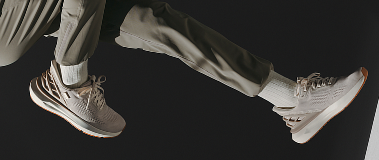
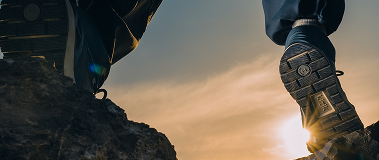

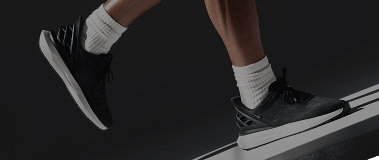
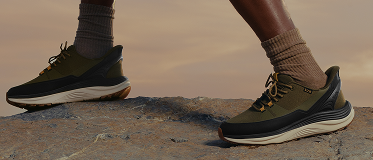
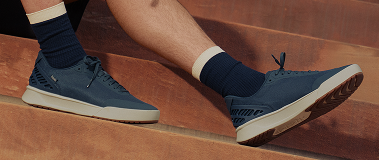
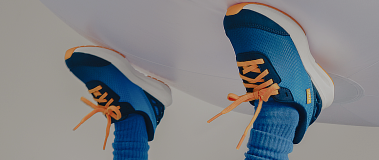
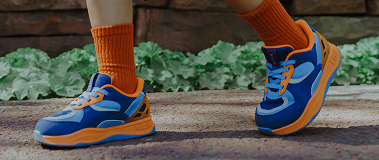
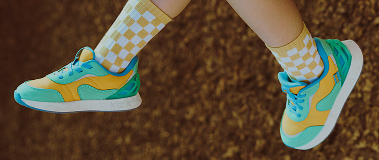

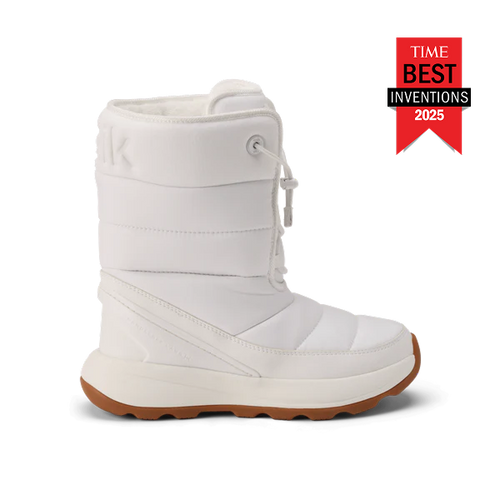


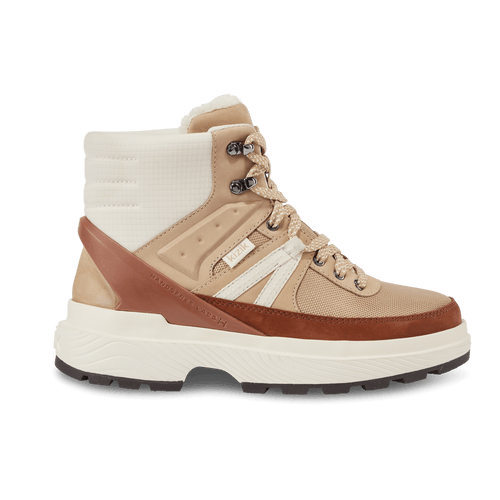
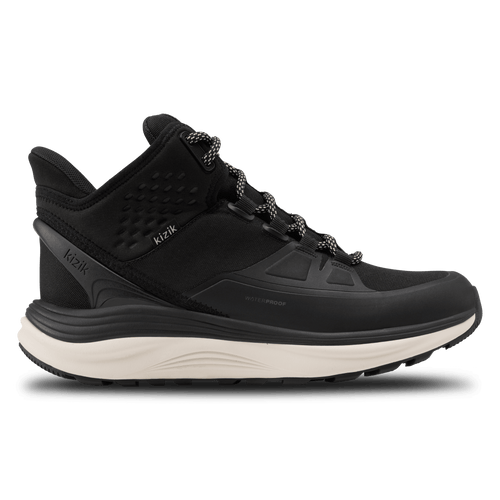








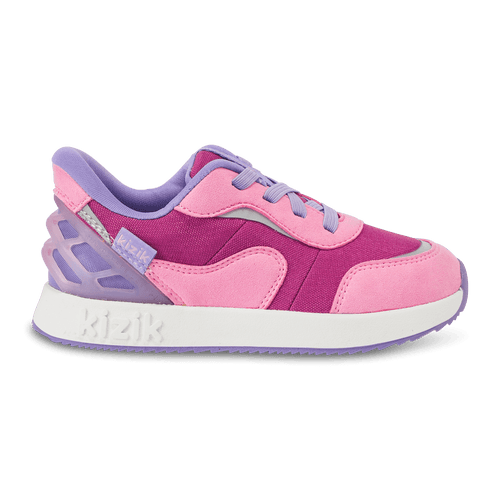

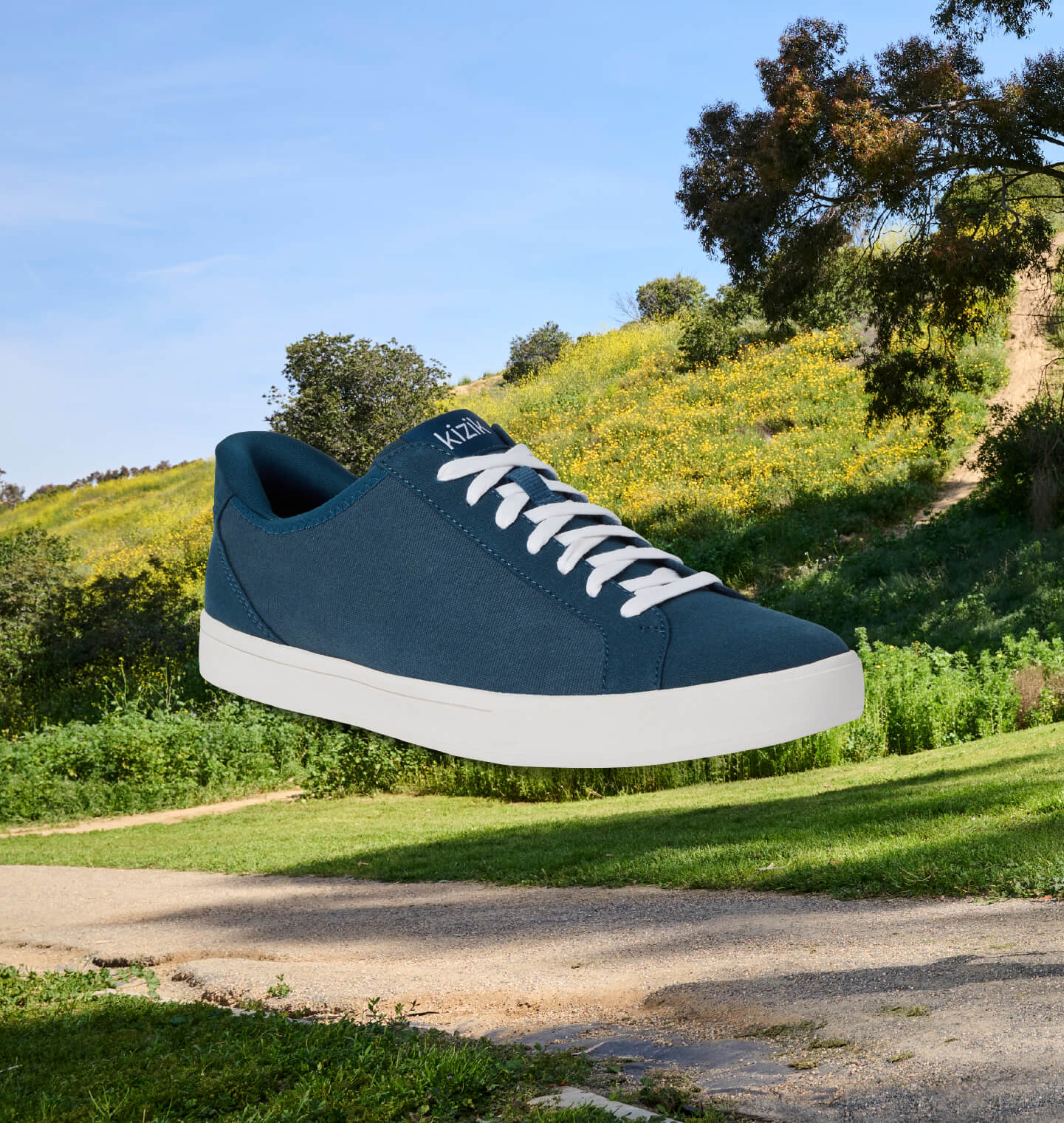
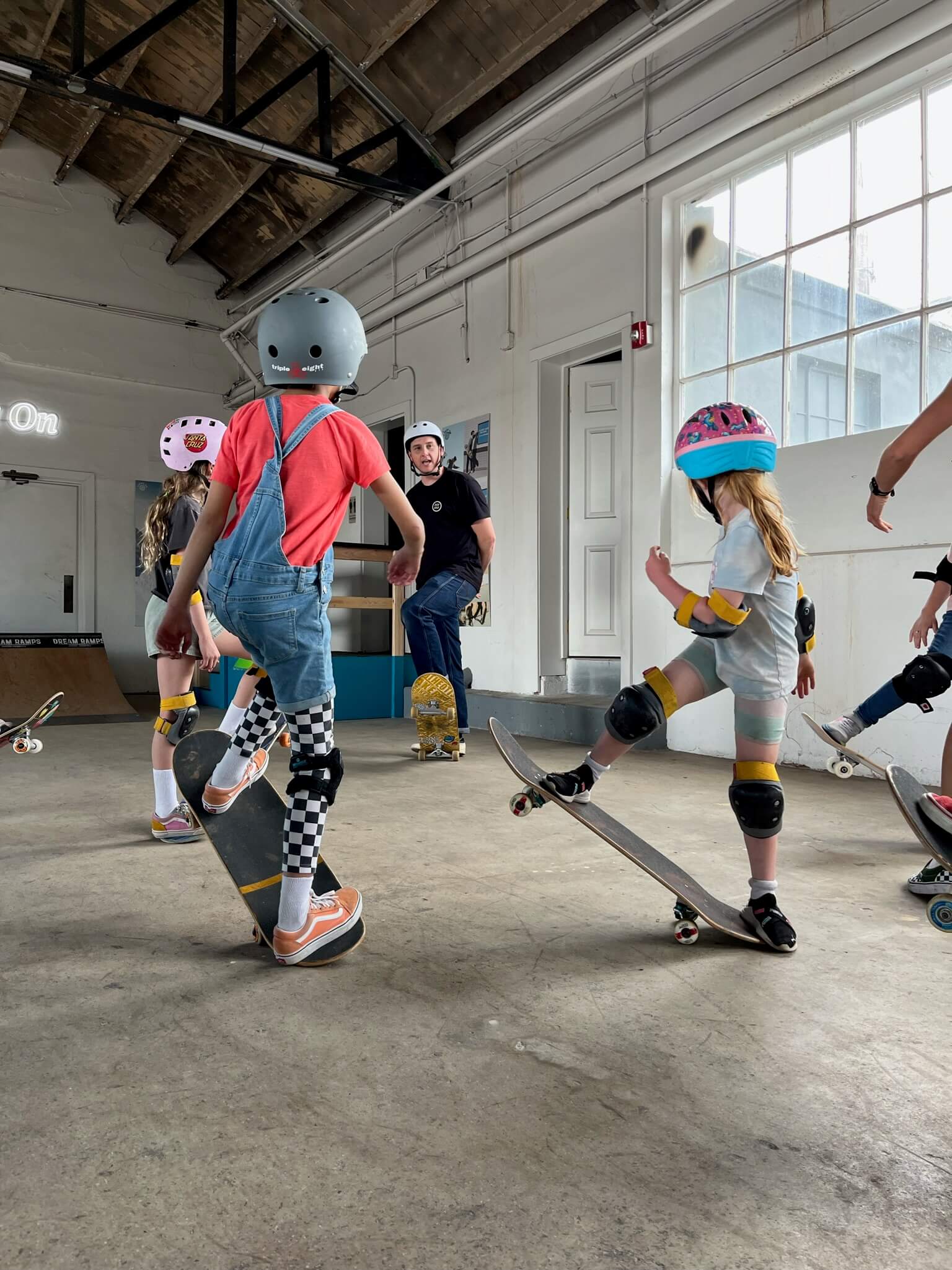
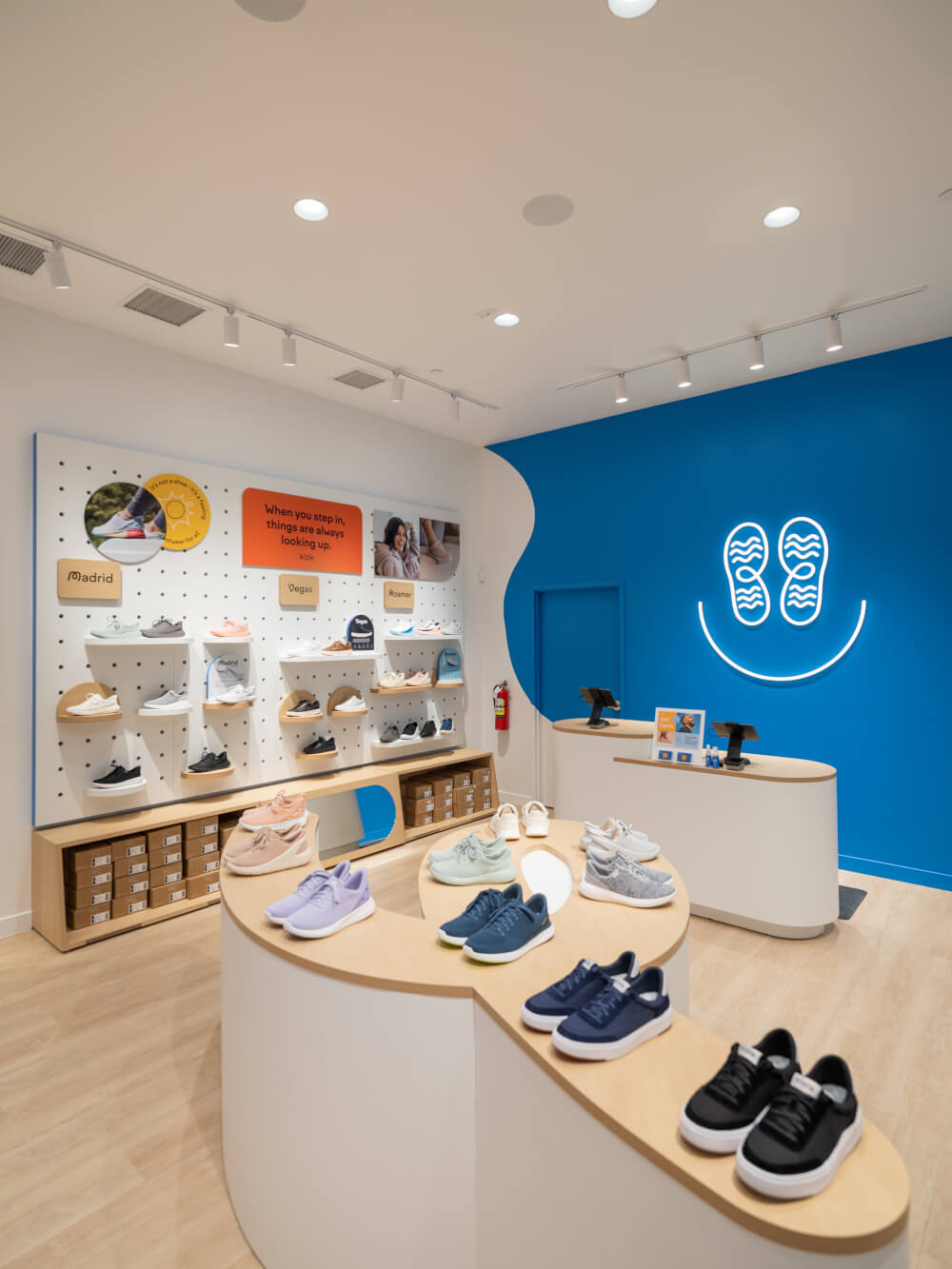
Leave a comment
This site is protected by hCaptcha and the hCaptcha Privacy Policy and Terms of Service apply.